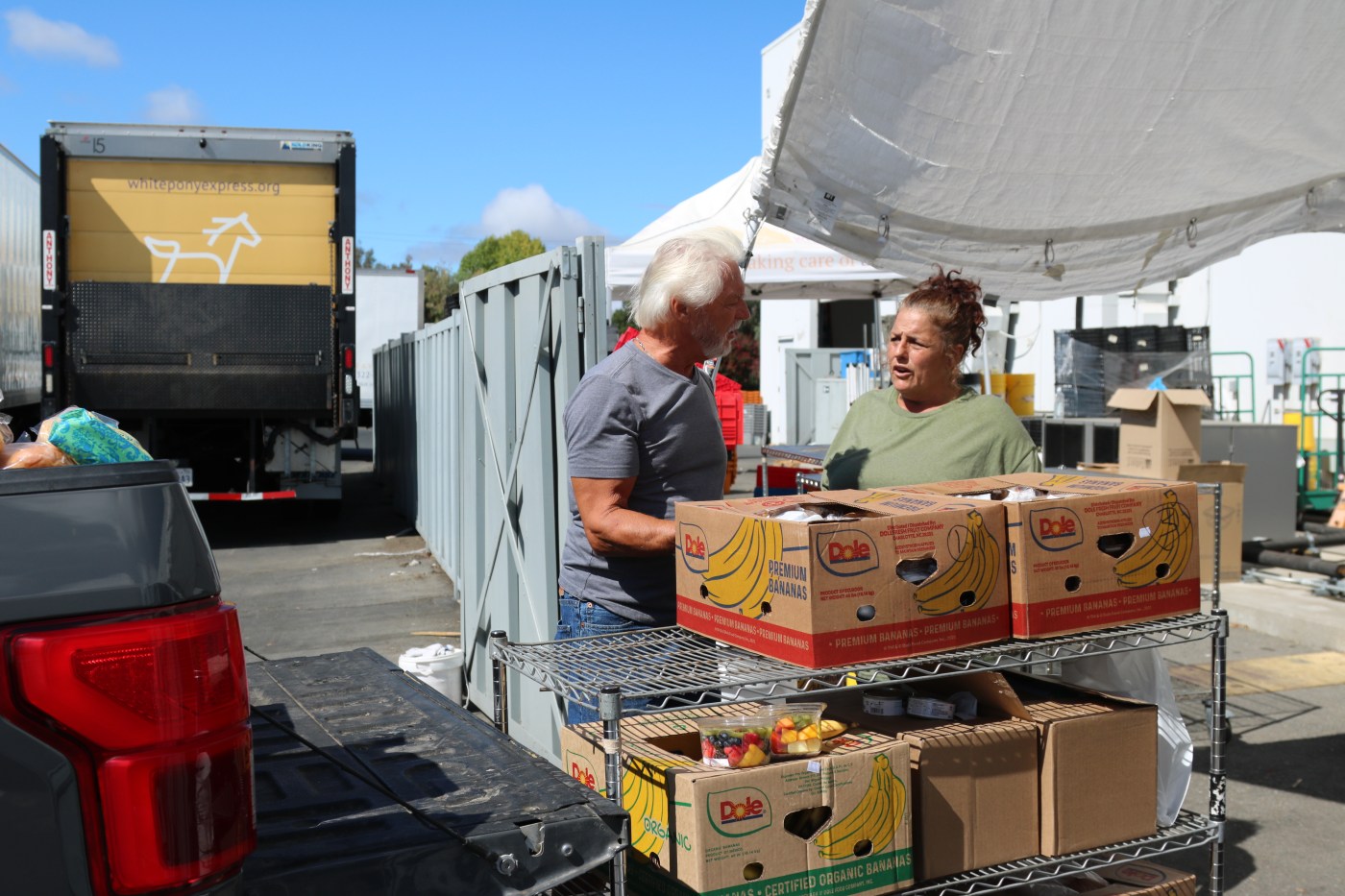The fastest-growing group of human trafficking victims in Orange County is children.
A report scheduled to be released today from the Orange County Human Trafficking Task Force suggests that the average age of people coerced into sex work or other types of forced labor over the past three years has fallen, and that half of all trafficking victims locally now are younger than 18.
Related Articles
Man gets 14 years for trafficking children as young as 13 from SoCal to the Bay Area
Pair allegedly arranged for girl to take train to Oakland to be sold in sex market
She met him on Facebook. Days later, BART police rescued her, severely injured
Three arrested on suspicion of running sex trafficking operation out of San Jose motel
Feds drop human labor trafficking probe into California Christian college
The Task Force’s eighth report on local human trafficking, based on data collected in 2023 and ’24, found that the youngest victim was 6 and that the average age of victimized minors was 14, meaning a significant segment of that group was age 13 or younger.
A similar study issued two years ago, based on data collected in 2021 and ’22, found that about a third (36%) of all local trafficking victims were children.
People who work to help those being trafficked, including nonprofit workers, police and trafficking survivors, said this week that the report’s findings reflect a longstanding trend in which increasingly younger victims are targeted because they represent higher profit for their traffickers. Though hard data is scant, many experts believe that selling people for sex or as laborers is as profitable for human traffickers as the retail drug trade is for narcotics dealers.
Experts offered a variety of factors – everything from unsupervised use of the Internet to inflation and generally worsening economic conditions for lower-income families to ever-improving data collection – as reasons why younger people increasingly are being exploited.
“What we know for sure is that people are being coerced at younger ages than ever before,” said Michelle Heater, who directs victim assistance services for Waymakers, an Irvine-based nonprofit that helps struggling children and families, including people exploited by traffickers, and is a co-founder of the Task Force.
Though Heater mentioned unsupervised Internet use as a particular factor, she suggested a bigger issue is confidence and structure. Teens and pre-teens of all economic backgrounds, she said, can be victimized by traffickers if they don’t feel strong support at home.
“There is not one person … who is not looking to be seen or heard or loved and connected,” Heater said.
“That’s true of people of all ages, everybody; but it’s especially true for kids. And that’s something traffickers are aware of and know how to tap into.”
On the surface, the raw numbers in the new report, and from the 2023 version, aren’t particularly alarming. In a county of about 3.2 million people, the new report found 411 human trafficking victims who were helped by the county, the Salvation Army or Waymakers, during the two-year window studied. In the 2023 report, the Task Force found 420 people who were similarly exploited.
But those numbers are based on outreach from victims, or referrals from police, to the Orange County Social Services Agency and the two nonprofits. They don’t include a far bigger world of people who are working for traffickers undetected, most visibly in sex work but also as laborers in everything from poultry packing and construction to farming and restaurants.
A 2022 report from the International Labor Organization estimated that more than 27 million people around the world are coerced into forced sex work or other forms of labor for the profit of others. And the FBI has estimated there are at least 10,000 trafficking victims in the United States, though most experts believe the number is higher.
Heater said the local report reflects “a very thin slice” of the actual problem in Orange County, something other experts echoed.
What the new report does offer is at least some data about who victims are and where they come from.
For example, 88% of the trafficking victims who reached out for help were forced into the sex trade, and 83% of those victims were from the United States. And within the world of victimized minors who reached out, 76% were from Orange County.
Those findings track with what the FBI and others have found nationally.
Generally speaking, sex trafficking is a domestic problem, with victims often recruited in the United States forced to rotate in a multi-state circuit. On the West Coast, the circuit includes Orange County, Los Angeles and the Inland Empire, as well as Las Vegas, Portland and Seattle.
Labor trafficking, by contrast, typically involves immigrants who are tricked into coming into the country via false promises of decent pay and help with getting legal immigration status. Those workers can be involved in virtually any industry, but many work in meat and poultry processing, agriculture and restaurants. Southern California and the Midwest are current hot spots for labor trafficking.
In all contexts, and for all kinds of trafficking, experts say economic hardship usually plays a role.
“One of my traffickers would take me to Safeway, tell me to fill the cart up with whatever I wanted and then, because he knew the security guys, we’d walk out of there with all the food,” said Ashley Faison, a 37-year-old survivor of trafficking who works with Waymakers and others to help others escape similar exploitation. The Register typically does not name survivors of trafficking, but Faison asked that her name be used.
“Food is a big deal,” added Faison, who is studying public administration at Point Loma Nazarene University in San Diego and works full-time for a human resources company.
“If you’re hungry and a trafficker will help you eat, that’s a powerful incentive to stay in that life.”
Faison, like others, expressed frustration that younger people increasingly are being trafficked.
But Faison, Heater and others in the Task Force say several factors – including outreach from groups trying to help exploited children, and broader public recognition that trafficking victims aren’t responsible for their plight – might upend the trend.
“Juvenile trafficking is our No. 1 priority … It’s the thing we all focus on, all the time,” said Anaheim Police Lt. Jon McClintock, who until recently led the Task Force, which includes police from Anaheim and other local and federal agencies, as well as nonprofits and others from some 70 organizations.
McClintock noted that the Task Force takes a victim-based approach to preventing the sex trade, meaning they work to arrest traffickers and customers, not adult prostitutes. Juveniles, by law, cannot consent to sex, so they are not viewed as criminals when forced into sex work.
Over the past two years, McClintock said, the Task Force has worked to make it hard for traffickers to operate. He said trafficker-to-trafficker communications intercepted by Task Force investigators indicate Orange County increasingly is viewed as a difficult place for traffickers to do business.
And though the Task Force doesn’t work on the recovery side, and instead refers victims of all ages to Waymakers and other agencies that can help people end their exploitation, McClintock said seeing some victims multiple times is disheartening, but it also spurs their work.
“This is a very difficult problem to solve,” McClintock said. “But that doesn’t mean we’re going to give up.”




